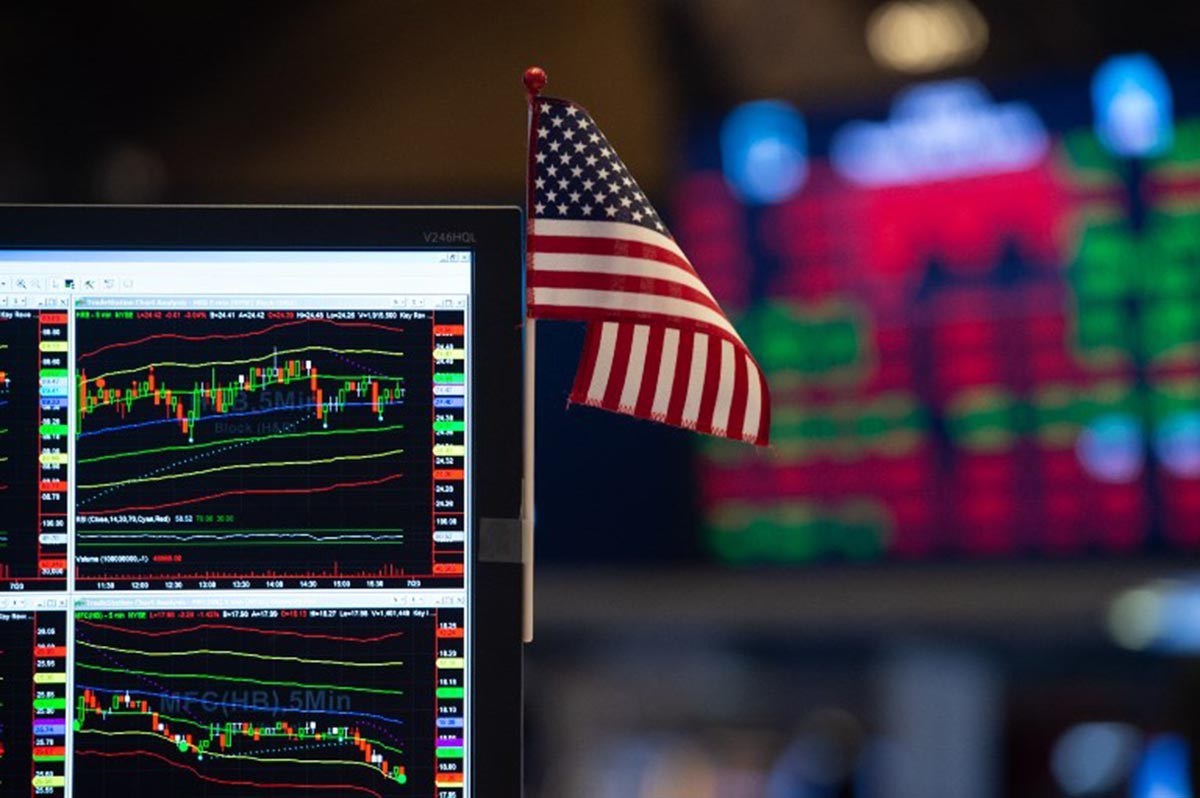[ad_1]
When will the Fed taper its multi-trillion bond-buying binge and let interest rates drift up again? That’s the to-be-or-not-to-be-in-stocks question worrying Wall Street strategists. The Fed giveth, and the Fed taketh away the punchbowl, when its earlier largesse leads to inflation. Rates rise and the market crashes. But financial history never repeats itself. The lingering COVID-19 pandemic will keep the economy weak for some time. The Fed will proceed cautiously. This year it probably will do nothing. It may be a bubble, but it’s not ready to pop.
Nothing much has happened in the past year except interest-rate cuts and $3 trillion worth of securities purchases on the part of the Fed, which suppressed the “real,†or inflation-protected Treasury yield (measured by Treasury Inflation-Protected Securities which are indexed to inflation). Stock prices have risen in a nearly straight line with falling real yields.
What makes the situation all the scarier is the elevated valuation of American equities. At a price-earnings ratio of just under 40, the S&P 500 is pricier than it has been at any but one other time in history, namely 1999-2000, just before the economy sank into recession and stock prices crashed.
The average price-earnings for the S&P 500 going back to 1871 (using some reconstructed data) has been a bit over 15 times earnings; if you think of the P/E as a random function, the present level of around 40 times earnings stands at four standard deviations above the mean, which is to say an extreme statistical outlier. Of course, the market isn’t a random walk; it’s influenced by central bank and government meddling, and negative real interest rates provide a powerful incentive for investors to stay in stocks. The government charges you money (after inflation) for taking your money, while the companies of the S&P 500 report a return on equity of 10%. The S&P, moreover, pays a dividend yield of about 1.5% and presumably can keep up with inflation. As long as real yields are negative it’s hard for investors to buy anything other than stocks.
The question, therefore, is how long real yields will remain at these unprecedented lows. Investors worry about a repetition of the 2000 bloodbath.
Inflation crept up during the late 1990s, and the Federal Reserve did what it always used to do, and raised the cost of money to banks (the overnight lending, or federal funds rate). After a few months of Fed tightening, stock prices plunged.
The whole issue hangs on the rate of inflation. Extremely lax monetary policy typically leads to inflation, but these aren’t typical times.
There is a market-based measure of inflation, namely the difference between the yield on ordinary coupon Treasuries and the yield on inflation-indexed Treasuries. That difference represents the inflation rate at which an investor in ordinary coupons would break even with an investor in TIPS, or the expected inflation rate. It presently stands at about 2.4%.
This breakeven inflation rate typically moves in tandem with the price of oil, which is a pretty good proxy for the cost of inputs to goods and services. That has been true for the past year, but with a twist, literally speaking. The relationship between the oil price and breakeven inflation priced in the Treasury market is twisted: The chart forms a typical S-curve, as in the chart below.
As the economy climbed out of the hole left by the COVID-19 lockdown in the Spring of 2020, oil prices rose from the mid-$20s, breakeven inflation rose very little in response to the rising oil price. When oil reached about $40 a barrel, breakeven inflation rose steeply with every increase in the oil price. But after oil hit $48 or so, the impact on breakeven inflation tapered off again.
That’s the opposite of what we would expect in an inflation cycle, when a rise in the price of a key commodity triggers inflation expectations across the board. This diminishing impact of the oil price on expected inflation suggests a very tepid price response to minor shocks from the commodity market.
A closer look at the components of the US Consumer Price Index confirms the impression that a general upshift in the price level is not underway. Durable goods show by far the largest year-on-year jump in prices, while inflation in rents and medical care have been falling. That looks like a temporary effect from the pandemic. Over time, durable goods prices have fallen rather than risen, as the price of electronics declined with improved technology. The 2020 increase in durable goods prices is a special case brought on by pandemic demand for electronics as well as the disruption of supply chains.
The Treasury market’s rather benign response to the recovery in the oil price is consistent with what we observe in price movements. The biggest contributors to inflation in the past decade have been medical services and housing, and we observe falling inflation in those components.
Based on what we observe and the market’s pricing of inflation risk, it seems unlikely that US inflation will provoke the Fed to “taper†its monetary policy any time soon. The stock market may be a bubble, but it’s a bubble that’s likely to last for a while longer.
[ad_2]
Source link













